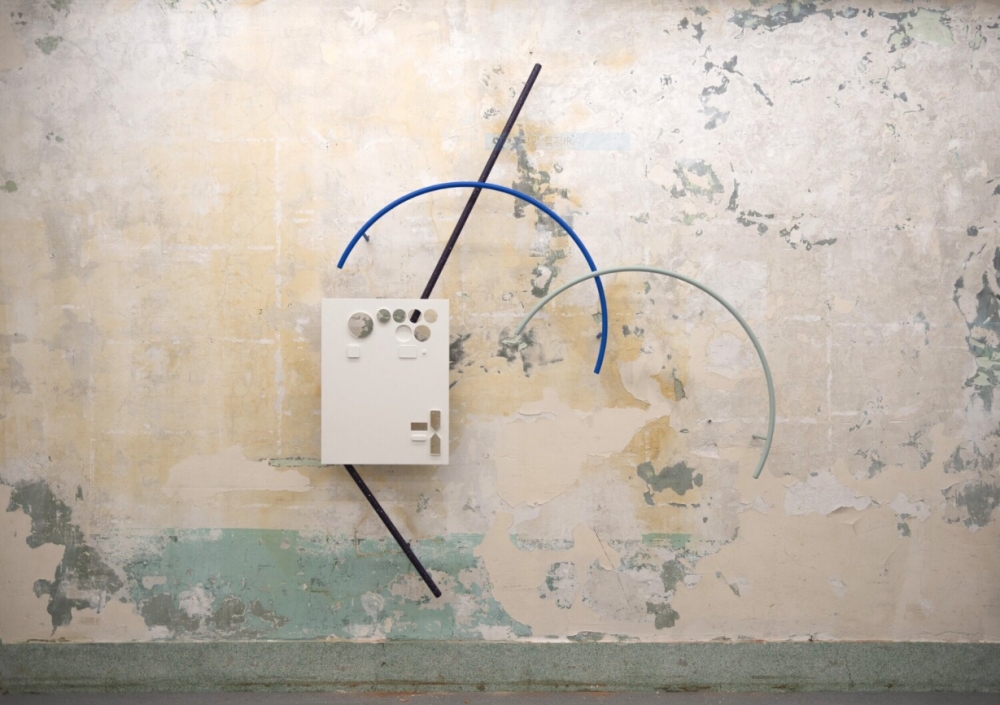사진친애하는 톰쓴씨 #1 Dear Thomson # 1
 친애하는 톰쓴씨 #1 Dear Thomson # 1 나무, 철 | 가변크기 | 2019
친애하는 톰쓴씨 #1 Dear Thomson # 1 나무, 철 | 가변크기 | 2019
- 등록번호 : 2403
- 작가명 : 오묘초
- 자료생성일 : 2021-03-23
- 분류 : 전시
- 태그 : 오묘초
-
요약설명 :
오묘초는 작업실이 위치한 인쇄골목 일대에 매일 똑같이 버려지는 도무송이라는 사물에 주목한다. 재생 가능하고 반복 가능한 사물의 죽음을 박제라는 형식으로 소환한다. 그로써 살해당한 사물들은 이미지로 박제되어 탄생하는 사건이자 장식품(전시품)으로써 전시장에 등장한다. 전시장에 설치된 작업을 통해 작가는 예술가의 실천이 박제라는 행위를 오가고 있음을 보여준다. 나무가 썩지않게 화학처리를 하고, 갈아내고 다듬기를 반복하며 영원히 존재하는 것에 대한 질문을 던진다. 채집 되어진 사물은 작가에 의해 영원히 박제되고 전시장 곳곳에 설치된다. 작가의 이러한 행위들은 특정한 목적을 위해 만들어지고 버려지는 사물들에게 새로운 의미를 부여해 인간의 기억을 넘어선 사물의 다른 가능성을 발견하게 한다.
Omyo Cho pays attention to Domusong, the tools that get thrown away each day in the printing alleys near her studio. The death of renewable repeatable objects is recalled in the form of taxidermy. This way, the slaughtered objects appear in the exhibition hall as events in which they are born as taxidermied images and ornaments (exhibits). Through the works installed in the hall, she shows the artist’s practices coincide with the actions for taxidermy. She poses questions on an eternal existence as she applies chemical treatment to wood to prevent decay and repeats grating and trimming. The collected items are permanently taxidermied and installed in various corners of the exhibition hall. Her work gives new meanings to objects produced for certain purposes and then discarded, and leads us to discover their new possibilities transcending human memory.